7. Monster (Patty Jenkins, 2003)
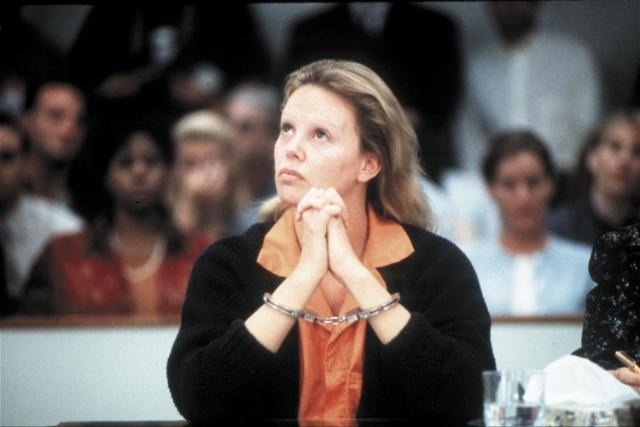
Monster may seem like an odd choice for this list. After all, it is a film that presents the story of female serial killer Aileen Wuornos (an unrecognizable Charlize Theron in her Oscar winning performance) and details her murders of seven men.
Aileen’s murder spree begins when one of her clients physically assaults and rapes her, and she kills him in self-defense. She then convinces herself that all of her johns are going to harm her, so she kills and robs them.
The important contribution to trauma studies that Monster presents is its interpretation of Aileen as a woman who has been completely shaped by her painful past. She was abandoned by her mother, sexually assaulted by her grandfather, impregnated through rape when she was 14, and was a prostitute by the time she was 15. Her clear mental instability is directly implied to be a result of this childhood horror. Here, the potential violent and antisocial ramifications of severe trauma are explored.
8. The Machinist (Brad Anderson, 2004)
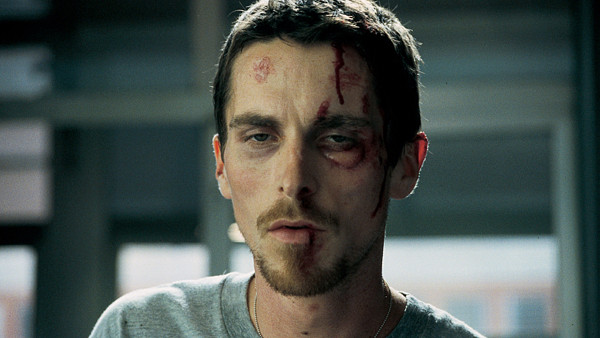
Much like Monster, The Machinist is more known and remembered for the transformative performance of its lead actor, in this case Christian Bale as Trevor Reznik, than for its representation of trauma. Trevor is a factory worker who is shockingly skinny and suffers from chronic insomnia.
Through much of The Machinist, he is tormented by new coworker Ivan (John Sharian) who causes Trevor to lose focus at work, leading to a horrible accident for another employee. As the film moves, Trevor is consumed by paranoia and cannot tell between reality and fantasy.
While the trauma endured by Trevor is laid out somewhat simplistically and may not be entirely realistic, The Machinist succeeds in showing the interplay between repressed memory and uncontrolled intrusion or flashback of that memory.
It is revealed that Trevor’s own actions led to his trauma, and the guilt over these actions has brought on his insomnia and dramatic weight loss. The severity of his hallucinations may be hyperbolic, but they achieve the purpose of showing how a traumatic memory cannot be easily buried for most.
9. Fearless (Peter Weir, 1993)
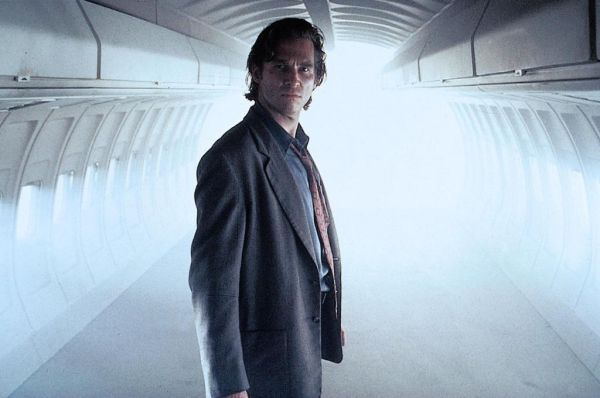
Fearless begins with its protagonist Max (Jeff Bridges) surviving a plane crash along with numerous other passengers. He begins acting strangely immediately after the incident; he walks away and rents a car, rather than waiting to speak with investigators. He loses interest in his own family and believes himself to be invincible. He slowly unravels and begins intentionally pushing the limits of his own mortality.
The trauma exhibited in Fearless is best explained as a combination of Max’s survivor’s guilt and his facing of his own mortality. His inexplicable actions seem to spring from a need to understand why he was able to walk away from a near-fatal accident.
The inability for his wife and son to bring back the old Max mirrors the struggles of many family members dealing with the PTSD of a loved one. The disconnect in the family lies in the inability to truly empathize with the pain and trauma of another.
10. Ordinary People (Robert Redford, 1980)
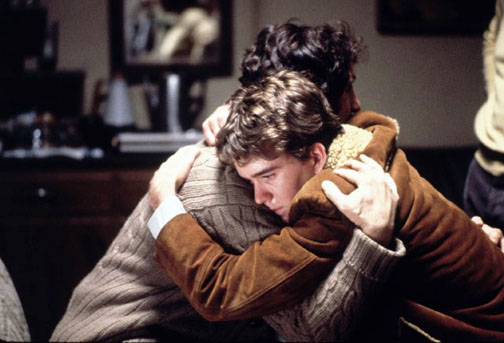
Ordinary People dissects the lives of the members of the affluent Jarrett family in the aftermath of losing one son and having the other son Conrad (Timothy Hutton) return from a mental hospital after a failed suicide attempt.
Conrad has significant trouble returning to school, reuniting with friends, and finding happiness in his life. His mother Beth (Mary Tyler Moore) wants to retain the image of a perfect family, despite the duel tragedies they have faced. His father Calvin (Donald Sutherland) just wants to help his son and keep the family together.
Conrad’s trauma is the most salient of the three family members. He was present at his brother’s accidental death, for which he blames himself. His emotional toll is compounded by the fact that he believes his brother was the favorite and his mother blames and resents him for his brother’s death and his own suicide attempt.
As he progresses in therapy and begins to address his deep-seeded issues, he is able to confront his trauma. Beth is interesting in that she is an example for viewers to see someone who is actively suppressing her pain. She is not exhibiting symptoms of trauma; rather, we can assume that her façade will one day come crashing down.
11. The White Ribbon (Michael Haneke, 2009)
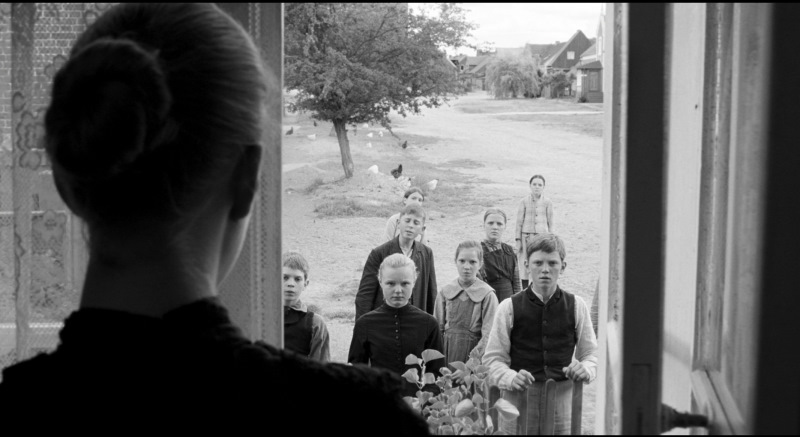
The White Ribbon is a small movie that seeks to understand the big question of how fascism and authoritarianism can be adopted and accepted as a worldview. The film is set in a rural German town just prior to the beginning of World War 1.
Narrated by an unnamed schoolteacher (Christian Friedel), viewers learn of the strict religious and moral order imposed on the town, particularly the children, by the pastor (Burghart Klaußner), the doctor (Rainer Bock), and the baron (Ulrich Tukur). Although the village projects a pastoral, idyllic image, violence permeates as a means to maintain order and exert dominance.
The White Ribbon is unique in this list because the long-term impact of trauma is not really represented; it is implied through the historical context of the film. Michael Haneke demonstrates how the hierarchies and power dynamics of this isolated village infect the collective psyche of the townsfolk.
The children are raised to see that order is achieved through centralized power and harsh treatment of nonconformists. Viewers may easily see how these same features are present in many towns and numerous institutions.
The White Ribbon constructs the hypothesis that the outward mundanity of these structures is what allowed for the rise of Nazism and other fascist movements throughout the world, showing how large-scale traumatic events have lasting and long-reaching consequences.
12. Sleepers (Barry Levinson, 1996)
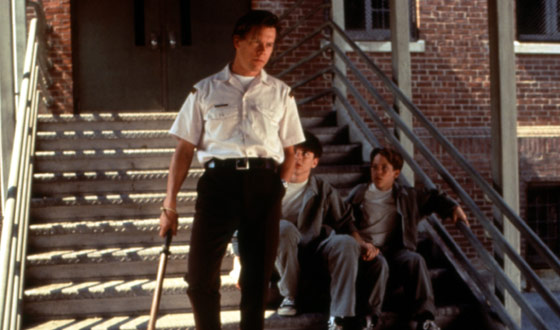
Sleepers is set in two time periods, involving two major events in the lives of four boyhood friends. As young boys in the 1960s, Shakes (Joe Perrino/Jason Patrick), Michael (Brad Renfro/Brad Pitt), Tommy (Jonathan Tucker/Billy Crudup), and John (Geoffrey Wigdor/Ron Eldard) engage in a prank that nearly kills someone. They are then sent to a home for boys where they are subjected to physical and sexual abuse by the guards, led by Nokes (Kevin Bacon).
Years later, as adults, Tommy and John run into Nokes at a restaurant and murder him. The rest of the film centers on the court case, which Michael is prosecuting, and the four men seeking justice for the past abuse.
Sleepers, like some other films on this list, shines in its characterization of the various ways the same trauma can impact different individuals. Tommy and John have become career criminals and addicts, bouncing in and out of jail for mostly violent crimes. Michael has become a district attorney, motivated by his own victimization to put other criminals behind bars. Shakes seems the least affected by the abuse, but he appears to be lost in his own life.
One symptom they all have in common is that until the court case, none of them had spoken about nor truly dealt with the trauma they endured. They each were left emotionally stunted – all were single and had trouble forging friendships and romance.
13. The Prince of Tides (Barbara Streisand, 1991)
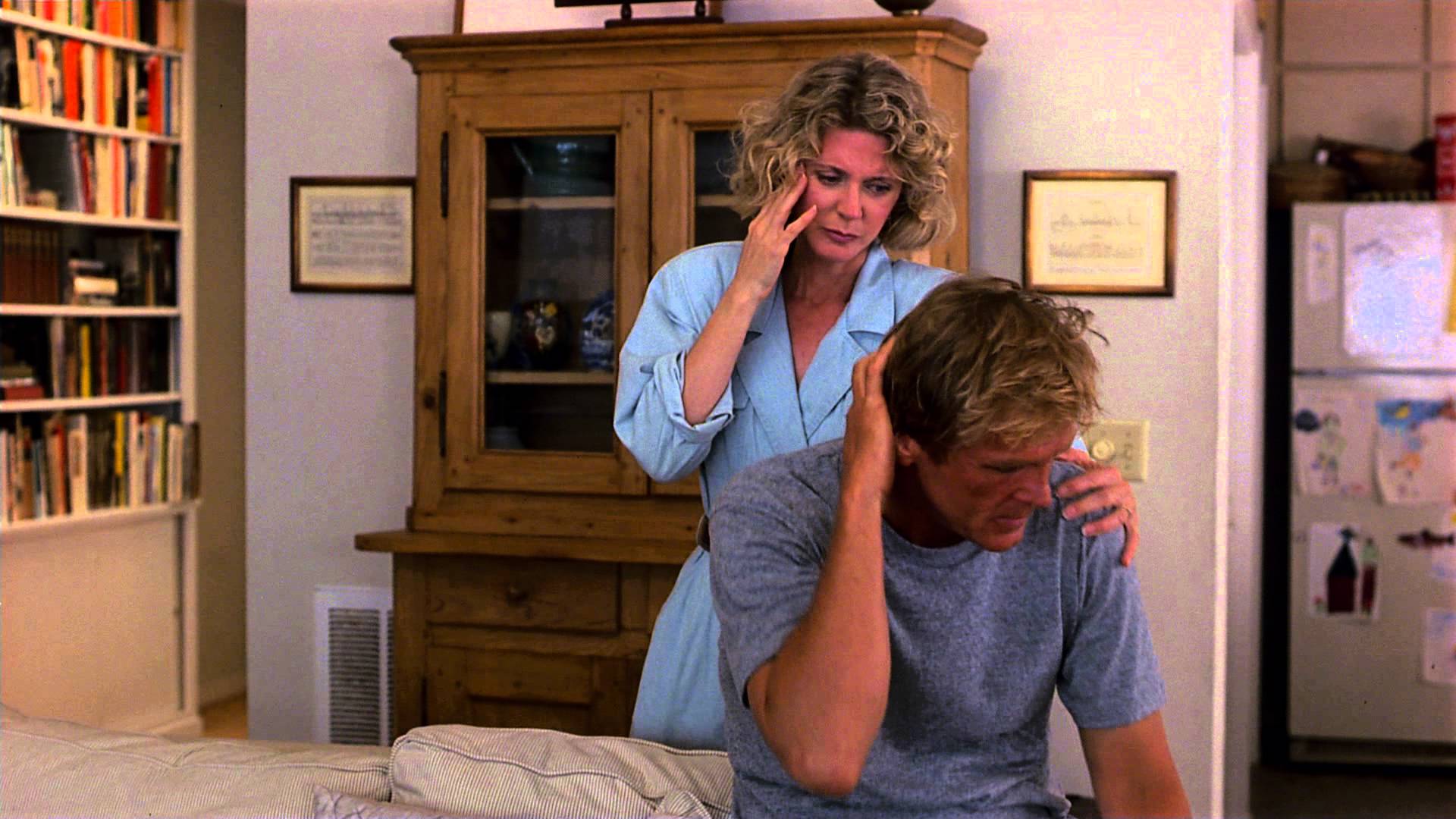
Something of a modern Southern Gothic film, The Prince of Tides details the somewhat shattered life of Tom Wingo (Nick Nolte) and that of his twin sister Savannah (Melinda Dillon). Tom is asked to leave his South Carolina home to help Savannah, who lives in New York and has recently survived her most recent suicide attempt.
In New York, the married Tom strikes up a relationship with Savannah’s also married psychiatrist Susan Lowenstein (Barbara Streisand). The two work to help Savannah as their romantic relationship develops.
Savannah is outwardly traumatized, as shown through the repeated suicide attempts. Tom also learns that she has essentially created a completely new identity and alias to escape from her troubled past. However, through the film Tom must also come to grips with the memory that has affected his sister so deeply. Tom has long hidden his emotional pain through his quiet persona.
After an emotional breakdown, Tom is finally able to access and communicate the harrowing home invasion and subsequent murders endured by his family when he and Savannah were teenagers. The family’s approach to this nightmare was to bury it and never speak of it again, sowing the seeds for Tom and Savannah’s troubles as adults.